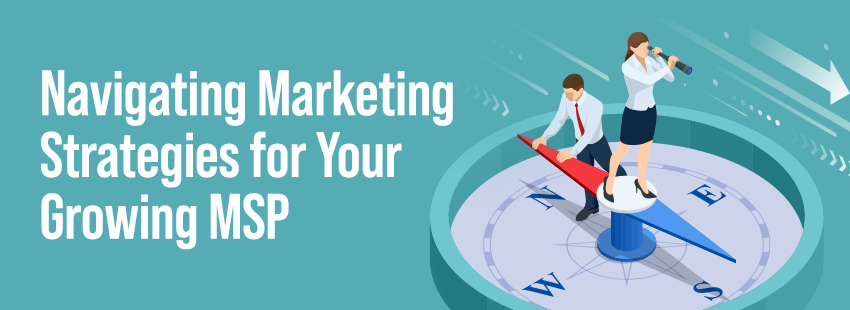Getting Started with Automated Email Marketing
Even amidst the rise of social media and other digital platforms, email remains an effective critical channel for marketing for SMBs and other types of business. In fact, according to McKinsey & Company, email marketing is 40x more effective than social media marketing, and the buying process happens three times faster.
Automated email marketing is an excellent way for a business to break through the email noise with personalized messages to potential and current customers. However, it can be time-consuming and difficult to execute and adapt email marketing campaigns in a way to maximize their effectiveness. Enter automation.
Just like it sounds, automated email marketing is a process through which emails are sent automatically to customers strategically that looks to hit them with the right message at the right time. The result can be to increase revenue, drive user engagement, improve the user experience and build a stronger brand. There are a few types of automated marketing emails, including triggered emails (sent after a set amount of time or specific user action), behavioral emails (sent based on interaction with previous emails), and email drip campaigns (a series of nurturing emails to try and convert a lead into business).
How to implement automated email marketing campaigns
While implementing automated email marketing sounds intimidating, it isn’t that difficult (and the payoff is certainly worth it). The first step is to set goals for the project. Some common goals can include increasing revenue, driving web traffic, gaining new customers, building the brand, and more. These goals should be measurable so that progress can be easily tracked.
The next step is to plan content based on the goals you had set, such as sending out a special promotion to existing customers to build brand loyalty or a drop campaign to get customers to sign up for an upcoming event. These emails can be sent out through a chosen email automation tool and assembled contacts list (which is likely derived from a lead capture form on your website but can come from other sources).
The final step is to create the actual content, delivered through the chosen email platform to your target mailing lists. Many automated marketing platforms offer templates to help with this process and with design.
Once these emails have been sent, it’s essential to view this as an ongoing process, where results will be analyzed and adapted quickly to maximize your impact and reach your target audience. One way to do this is through A/B testing, where different versions of an email are sent to one set of subscribers and another to a different set to figure out the one that drives the best results.
For businesses that can get automated email marketing right, there is a significant reward. Estimated email ROI is now $58 in new or recurring business for every $1 spent.
That’s the type of outcome that no SMB can ignore.





